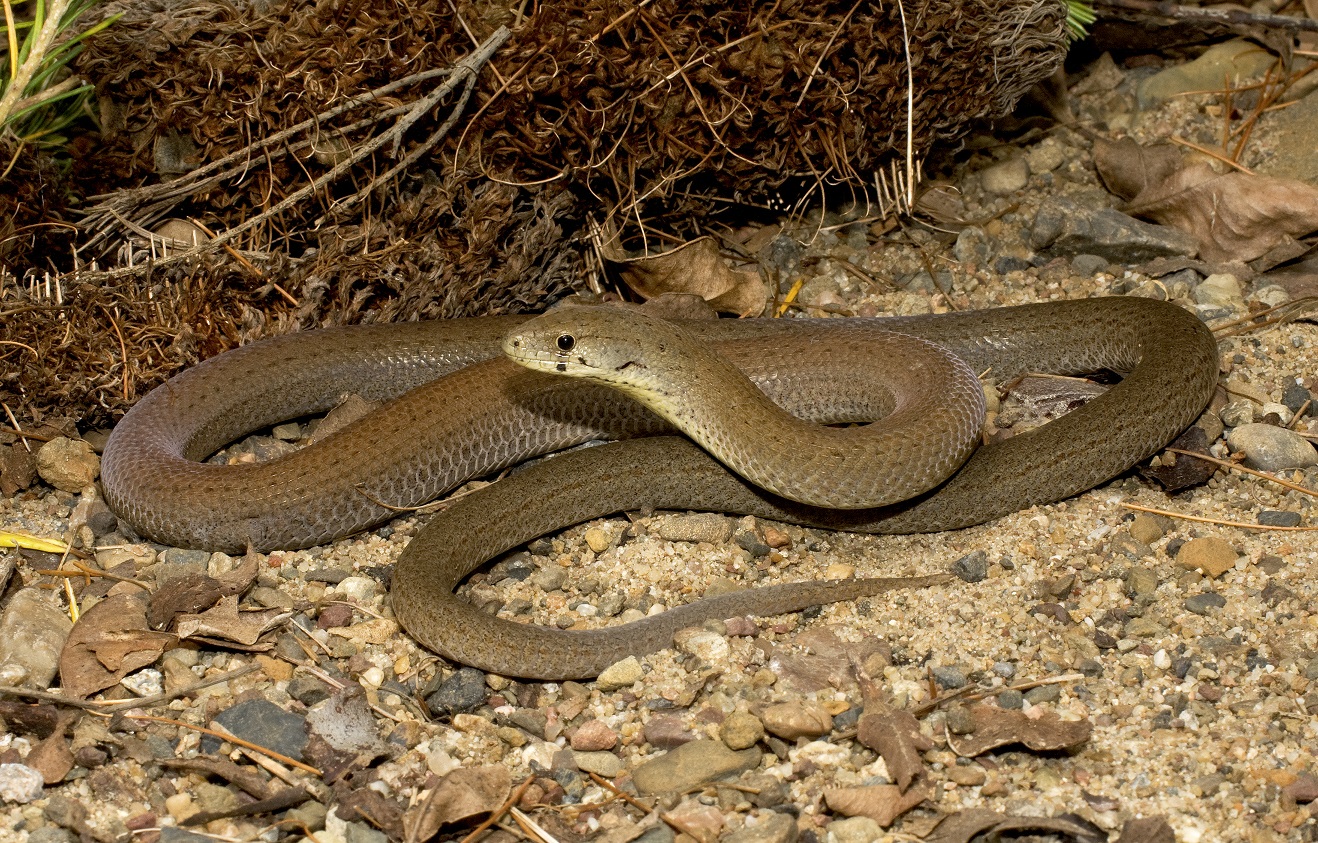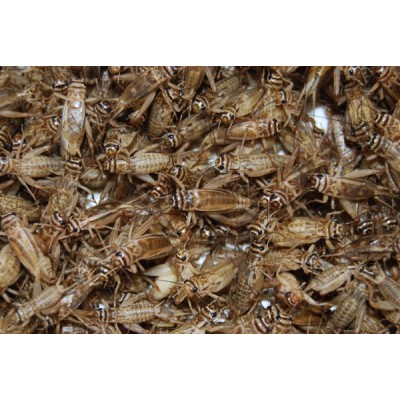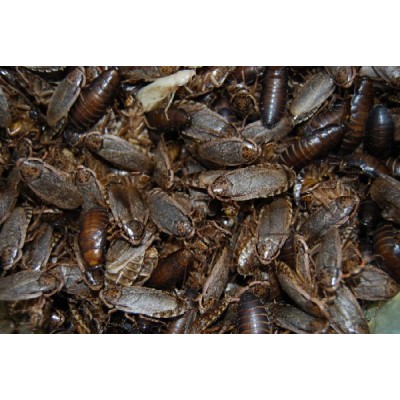Common Scaly-Foot (Caresheet)

CAPTIVE HUSBANDRY
This is a common species of legless lizard from southern Australia, although it does extend to the tropics on the eastern seaboard. It is highly variable both in colour and size with the largest specimens occurring in southern Queensland where a total length of up to a metre is possible, almost three-quarters of which is tail. Many specimens are plain grey - or reddish -brown while others are boldly marked with dark blotches along the body. They naturally inhabit open woodland and heathland and may be found in sand dune country close to the coast in some areas. Mature males can be differentiated from females by their larger and more protruding limb flaps. These are flaps of skin either side of the vent thought to be the remains of the vestigial limbs from the original legged ancestor of these lizards, hence the other name for the pygopod group, the flap-footed lizards. There is also a small spur beneath the flap that is slightly larger in the male scaly-foot but these can be difficult to see especially when a large adult is writhing its extensive and very fragile tail in an effort to escape.
Their large length means a correspondingly large enclosure is necessary for successful housing. A cage of around 90x40x40cm is suitable for one or two adult scaly-foot. Ideally, they should be housed separately as they can be very aggressive towards each other and problems can arise at feeding time if two animals take the same food item or they become over-excited and bite each other quite savagely. The females are often the more aggressive of the two sexes and the slightly smaller males can receive quite substantial injuries from an aggressive mate. When introducing specimens together for the first time it is therefore important that they are observed regularly for the first few days and then individuals should be checked often for the presence of bite marks and injuries. Scaly-foot love to rest curled in grass tussocks so these should be provided at all times. The grass doesn’t have to be green and alive artificial grass are just as good and dried clumps are suitable but need to be replaced as they soon deteriorate. Other refuges should also be provided, such as large pieces of flat bark or upturned pot saucers. A dish of drinking water should also be supplied at all times. A heat gradient of mid 30sC down to about 24C is adequate for the scaly-foot. Scaly-foot are not fussy about their food and will accept most types of insects. It is advisable to offer food from forceps, especially with fast insects such as cockroaches as these are not always the quickest and most agile of hunters. These lizards also enjoy sweet soft fruit such as pear, grape, banana, etc. and a small dish of chopped pieces should be offered once a week. The fruit can be dusted liberally with calcium and multivitamin powder at each feed as this will ensure that the lizards receive these essential supplements. An ultraviolet light source should also be installed in or above the enclosure as per the manufacturer's recommendations. Make sure the light does not pass through glass before reaching the lizards as this will filter out the beneficial wavelengths.
CAPTIVE BREEDING
Breeding is quite rare in this species, possibly due to incompatibility problems between sexes. In many cases females become so aggressive towards the male that it is not possible for mating to be achieved. In other situations males and females may cohabit for many years with no reproductive activity taking place. Two eggs are laid in each clutch and females will produce between 1-4 clutches in a season. Eggs take around 60-65 days to hatch at 27-29C. Juveniles will begin feeding on small crickets about 5-7 days after hatching and can be housed together but watch them closely as they grow for signs of aggressions which may require them to be separated.
- All images property of Gunther Schmida & Rob Porter
OpenCart Maintenance
© Copyright 2001-2025 Livefoods Unlimited - All Rights Reserved
Tel: 0400464505 - livefoods@outlook.com - A.B.N 37 960 709 736


